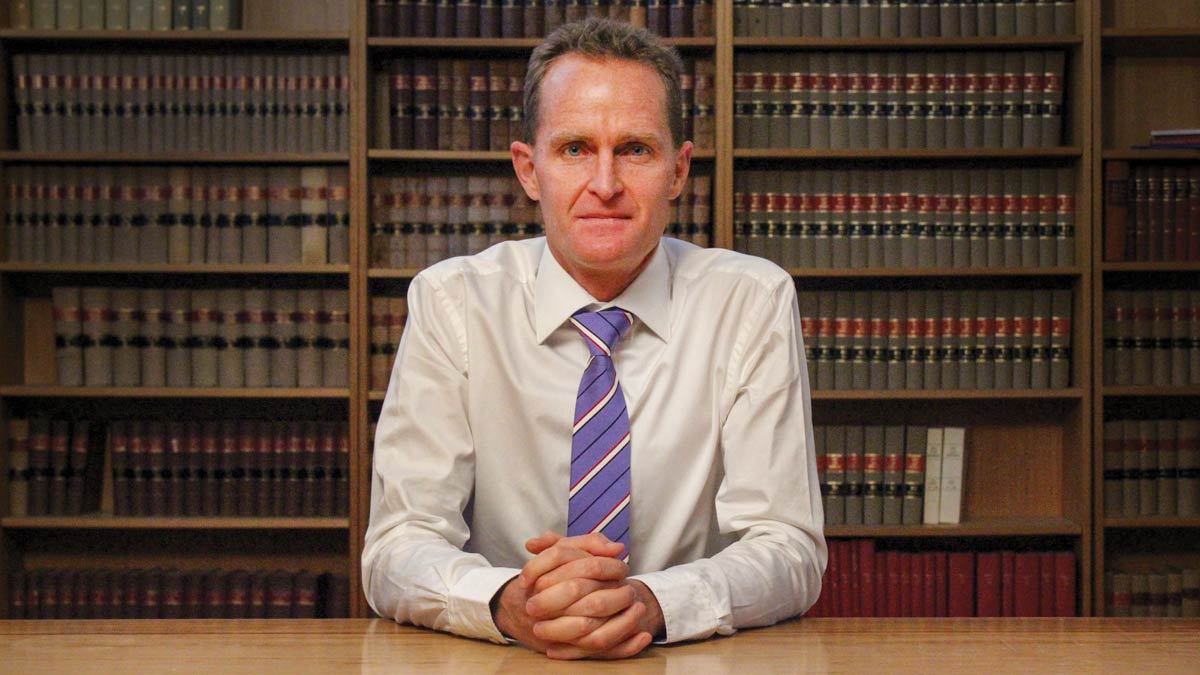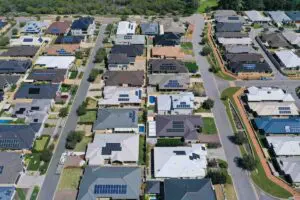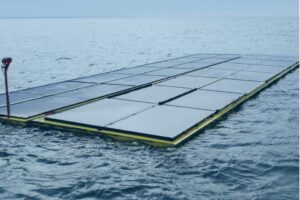The former chair of Australia’s carbon offset integrity watchdog has doubled down on claims that the majority of federal government-issued carbon credits lack environmental integrity, even after government regulators said the claims were “unsubstantiated.”
On Wednesday, the chair of the Emissions Reduction Assurance Committee (ERAC), David Byers, defended the design of the Emissions Reduction Fund and rejected claims that most of the carbon offset units issued under the scheme lacked environmental integrity.
Byers said the ERAC and the Clean Energy Regulator (CER) had investigated the claims made by his immediate predecessor – former ERAC chair and Australian National University professor, Andrew Macintosh – and found that claims the bulk of Australian Carbon Credit Units were not backed by actual emissions reductions were unsubstantiated.
“The assessment found the claims were not substantiated, and there were serious deficiencies in the analysis of the two ERF methods,” Byers’ statement said.
But on Thursday, Macintosh doubled down on his criticisms, saying both ERAC and the CER had “shown a fundamental lack of understanding” of the human-induced regeneration method and the two bodies were “clearly afraid of scrutiny on this issue.”
“The ERAC and CER are continuing to deny the serious integrity issues with the Emissions Reduction Fund’s (ERF) two largest methods, human-induced regeneration and landfill gas,” Macintosh said in a joint statement with ANU professor Don Butler.
It is the latest development in a back-and-forth battle between the current and former ERAC chairs.
Macintosh says that the human-induced regeneration method, which awards carbon offset units to projects that seek to restore vegetation through changes in agricultural practices, is flawed because it issues offsets for pre-existing trees.
“The main integrity issue associated with the method is that the CER is allowing projects to be credited for growing trees that were already there when the projects commenced,” Macintosh said.
“To defend the status quo, the ERAC and CER argue the method does not require the exclusion of these areas and that the model is calibrated to account for the presence of mature trees and shrubs at commencement.
“ERAC and CER have shown a fundamental lack of understanding of the method and the model that is used under the method to estimate sequestration.”
Macintosh has also criticised the granting of carbon offsets to projects that destroy methane gas from landfills, saying that this practice was already common and profitable. Macintosh argued there were no additional emissions reductions achieved by also rewarding the landfill gas projects with offset entitlements.
“The largest projects, that are generally subject to the most stringent regulatory requirements, and that are most likely to be able to take advantage of material economies of scale in their operations, have the lowest baselines, and some are receiving credits on the basis that, if they did not, they would not capture any gas and would vent it all into the atmosphere, despite the associated public health risks and impacts,” Macintosh and Butler say in their joint statement
“This is silly and not worthy of debate. Yet the ERAC endorsed this outcome even though it is required by law to ensure that the method’s assumptions are conservative.”
Macintosh expressed disappointment in the response published by the ERAC and CER, saying that it avoided addressing the issues that he and other researchers at Australian National University had identified with the offsets scheme.
“The ERAC and CER continue to defend indefensible positions that undermine confidence in Australia’s carbon market and climate action. They do so by relying on data that are inaccessible to outside eyes,” Macintosh said.
“We look forward to the independent review of the ERF promised by the new government and hope that it results in much-needed reform of its governance and administration and improves transparency and integrity in this multibillion-dollar industry.”
Of the 111 million ACCUs issued to date, around 31.7 million have been issued to ‘human induced revegetation projects’ and a further 30.2 million have been issued to landfill gas projects. The two methodologies represent 55.9 per cent of the total ACCU market.
The market price for Australian Carbon Credit Units currently trade at around $35 per tonne – after jumping 20 per cent higher following Labor’s federal election win. Labor’s stronger emissions reduction target and a proposed strengthening of the Safeguard Mechanism are expected to boost demand for the offset units.
The Emissions Reduction Fund has faced major questions about its environmental credibility following the claims made by Macintosh in March, who had chaired the ERAC body responsible for overseeing the offset methodologies used under the scheme between 2015 and 2021.
Macintosh was replaced by Byers, who previously served as the interim CEO and deputy CEO of the Minerals Council of Australia, and as CEO of the oil and gas lobby group APPEA.










